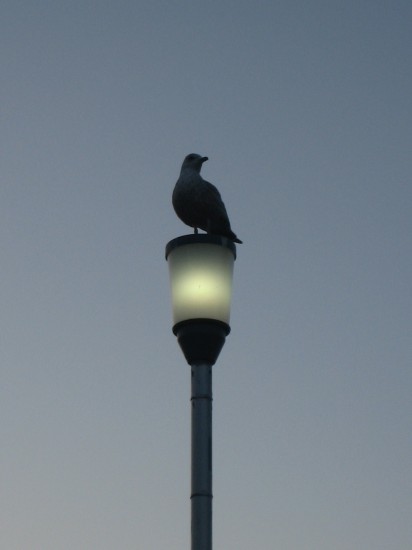by Jude Rogers.
9. Chalet Lines
After a week working in London, I find myself in Minehead, where the elements are conspiring against my desire to walk. By the elements, I mean harsh breezes, heady drink, and old friends. I am at a music festival called All Tomorrow’s Parties, held four times a year at a holiday camp in Somerset, and my plans to walk along the coast have been hobbled by indolence, old age, and a hangover.
By now it is Sunday early evening, quickly getting on, and the wind whips at my eyelashes, daring me to fight it. I take on the challenge, but instead of venturing out alone – it is too hard to do that – I take a tour of Butlins’ belly.
a. First, a little history. Billy Butlin set up his first holiday camp in Skegness in 1936, after being locked out of his Barry Island B&B by his landlady, and wanting to create a happier holiday environment. His first camps were used by the British army during the second world war, and the Minehead camp arrived when the seaside industry boomed in the early 1960s.
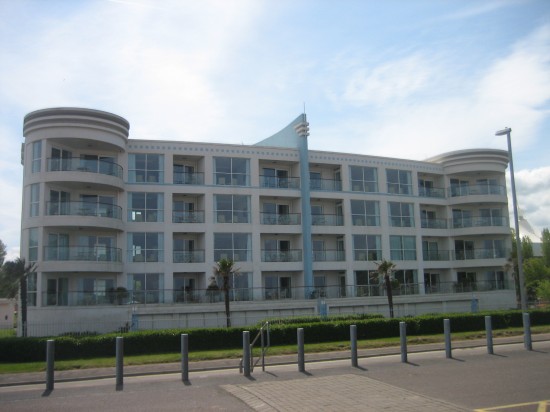
It sits on the brim of the North Somerset shore like something from space, all white bubbles and neat lines. From the main road, however, its history is a blur, its fancy new timeshare flats sparkling against the sky like a promise of modernity. Only within does its past come alive.
b. The chalets of Holnicote Village are guarded by the geese and the gulls. They are named after an estate in nearby Exmoor that takes up 5,000 acres of wild, bird-filled land. This Holnicote is simpler, shabbier, seven single-storey streets of cream walls and brown rooves.
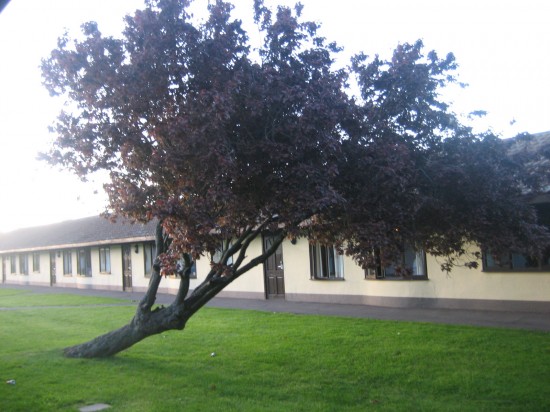
In front of one, an old tree bends sharply towards the fading sunlight, its boughs fighting with gravity to stay away from the ground. Its leaves bruise with age, it withers against the spring.
c. In the middle of the site, away from the Water Park, the adventure golf and the dodgems, is the most incongruous thing: a small, white church. It looks like it has landed here from a pueblo blanco, a piece of rural Spain travelling through space and time.
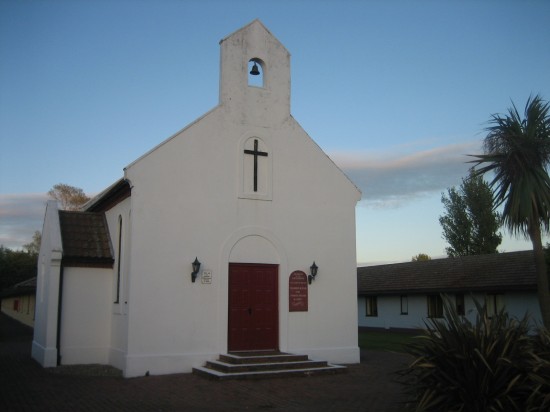
The Church Of Ascension offers guests and staff a little moment of “private prayer and rest”, but today, late on Sunday, its doors are bolted shut. At the end of a weekend such as this, it is too late for contemplation.
d. There is a melancholy about Butlins that is hard to capture in recollections of what you have got up to there. Inside the chalets, the kitchens and bedrooms are institutional, but welcoming and warm. Inside the venues, arcade machines fizz and blink, fast food oozes and fills, and plenty of distractions and diversions stop the mind from wandering.
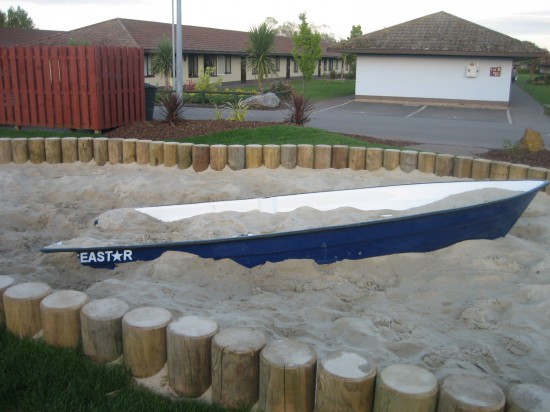
But once you are outside, especially when you are alone, you take in the shell of it, the skeleton of everything. Your mind rests on other things, like the little blue boats filled with sand that sit by the walkways, quiet and sad, watching its people roll drunkenly by.
e. As the day dies, even Butlin’s standard attractions take on different roles. Bob The Builder stands by the entrance to the Pavilion, his eyes cold like pinholes, his arms ready to rise. In his toolbelt sits a note for someone called Stew, last seen being “hurled by the “shouty-one-from-Pavement’s-missus”. Bob looks coldly unconcerned by his fate, even culpable.
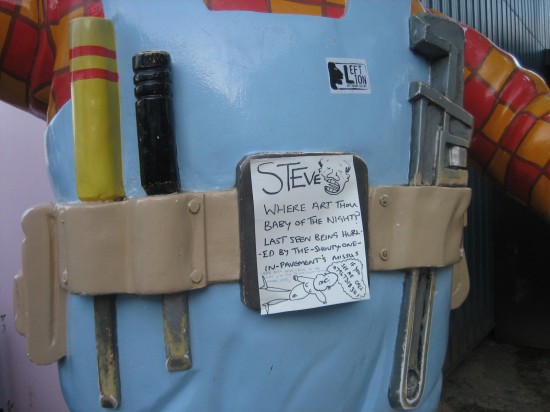
f. The sun finally dips under the clouds as the crowds jostle in to hear Mark E. Smith, mooching and meandering against the dying of the light. A gull watches them silently, then opens his beak. He fills the air with noise as they leave him at his station, protecting his homeland, defending his world.
